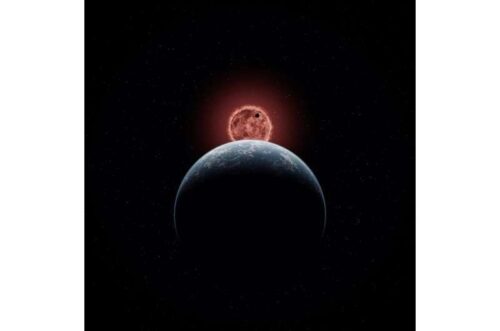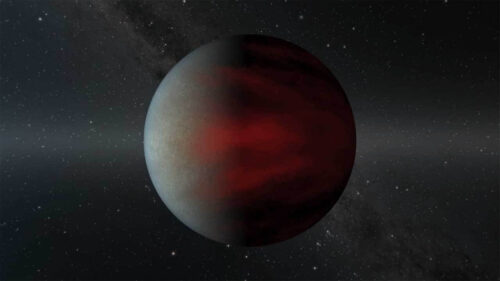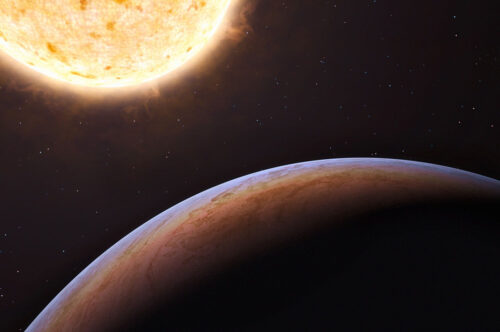
Astronomers Unveil Insights into ‘Super-Earths’ with Key Planetary System Discovery
A groundbreaking study led by University of Liège and CSIC researchers, utilizing NASA’s TESS telescope, reveals the detection of a synchronized planetary system slightly larger than Earth.
Known as TOI-2096, this system orbits a cold star located 150 light-years away from our planet.
The discovery stems from a close collaboration between European and American universities, made possible by the Transiting Exoplanet Survey Satellite (TESS) mission.
TESS conducts an all-sky survey using the transit method, monitoring stellar brightness to detect slight dimming caused by a planet passing between the star and the observer.
While TESS excels at detecting new worlds, confirmation of the planetary signals requires ground-based telescopes.

TOI-2096’s planets, TOI-2096 b and TOI-2096 c, were observed and confirmed using an international network of ground-based telescopes, predominantly from the TRAPPIST and SPECULOOS projects led by the University of Liège.
Detailed data analysis revealed that the two planets have resonant orbits, with the inner planet orbiting the star twice for each orbit of the outer planet.
This unique configuration results in strong gravitational interactions between the planets, influencing the timing of their transits.
These interactions may allow future measurement of planetary masses using larger telescopes.
The researchers estimate that planet b, the closest to its star, has a radius 1.2 times that of Earth, earning it the name ‘super-Earth.’

Its properties could resemble Earth, with a predominantly rocky composition and a potentially thin atmosphere.
Planet c has a radius 1.9 times that of Earth and 55% that of Neptune, placing it in the ‘mini-Neptune’ category.
Mini-Neptunes consist of a rocky and icy core surrounded by hydrogen- or water-rich atmospheres, similar to Uranus and Neptune in our solar system.
The sizes of these planets are particularly intriguing because the number of planets with radii between 1.5 and 2.5 times that of Earth is smaller than what theoretical models predict, making them a rarity.
Mathilde Timmermans, a doctoral student at the University of Liège’s ExoTIC lab and co-author of the study, emphasizes the importance of these planets due to their sizes.
The formation mechanism of super-Earths and mini-Neptunes remains a mystery, and the observed sizes of TOI-2096 b and c challenge existing formation models.

This unique system could hold the key to unraveling the mysteries surrounding the formation of these planetary systems.
Additionally, the researchers highlight that TOI-2096 is an excellent candidate for studying atmospheric conditions.
The relative sizes of the planets in relation to the host star, combined with the star’s brightness, make this system an ideal target for in-depth atmospheric studies using the JWST space telescope.

Collaborative efforts with other institutions aim to conduct these studies promptly and shed light on the presence and nature of atmospheres surrounding planets b and c, providing valuable insights into their formation mechanisms.
